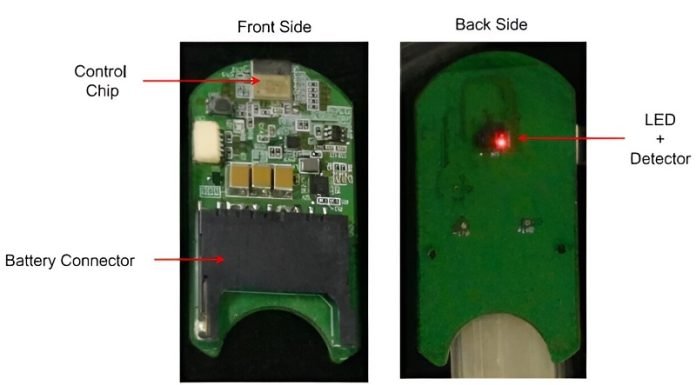
In an exciting leap forward, scientists have turned one of the oldest materials known to humans—paper—into a cutting-edge power source.
This isn’t just any battery; it’s a magnesium-air (Mg-air) battery that’s thin, light, and activated by water, created by researchers at Tohoku University.
Their groundbreaking work is paving the way for more sustainable and eco-friendly electronics.
The idea might sound like it’s straight out of a science fiction novel, but the inspiration comes from nature itself.
The team looked at how plants breathe and create energy through photosynthesis—converting water from the soil and carbon dioxide from the air into sugar using sunlight.
Similarly, this innovative paper battery generates electricity by reacting magnesium in the battery with oxygen and water from the air.
Making the battery involves sticking a piece of magnesium foil to paper and then adding the necessary components for the battery to work, like the cathode catalyst and a layer to help with gas diffusion, directly onto the other side.
Despite its simplicity, this battery is quite powerful. It can produce an open circuit voltage of 1.8 volts and power output impressive for its size—enough to rival traditional batteries, but without the environmental baggage.
One of the best things about this paper battery is how green it is. The researchers used carbon cathodes and a safe pigment for the catalyst, steering clear of toxic materials.
This makes the battery not just a marvel of engineering but also an environmentally friendly option.
To show just how effective their battery can be, the team tested it in real-life applications. They powered a pulse oximeter sensor (the kind that clips on your finger to measure oxygen levels) and a GPS sensor.
These tests weren’t just for show; they proved that this paper battery could really be used in wearable devices.
This invention could be a game-changer, making our electronics greener and more sustainable. Imagine smartwatches, fitness trackers, or even medical sensors powered by a thin, flexible strip of paper.
It’s a big step towards reducing our reliance on conventional, less eco-friendly power sources and embracing a future where technology and nature go hand in hand.



